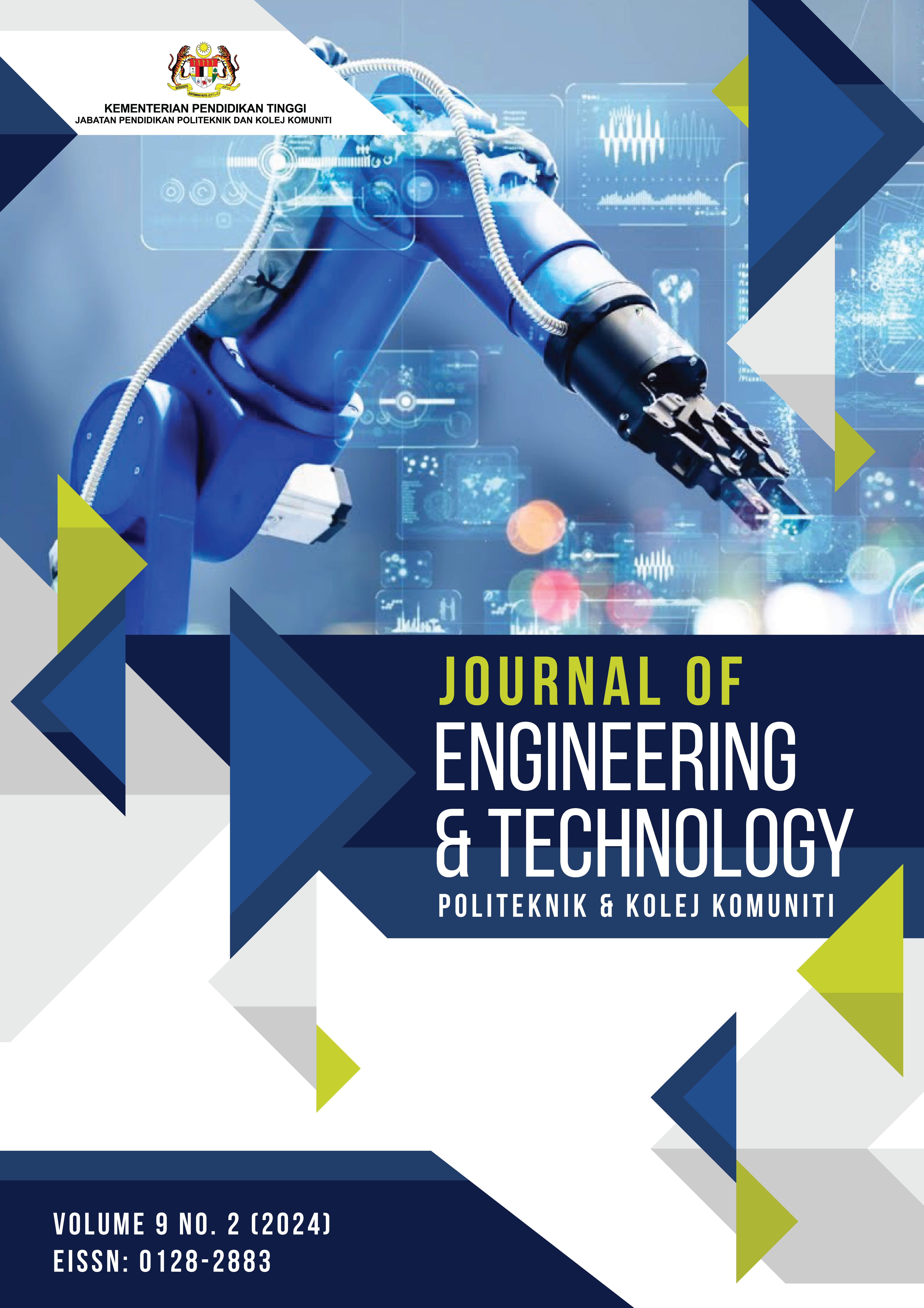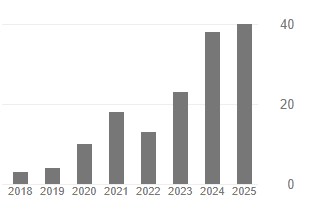Enhancing Indoor Thermal Comfort Through Passive Design Strategies in a Hot-Humid Climate: A Case Study of Anjung Kelana, Malaysia
Keywords:
Air Temperature, Hot-Humid Climate, Indoor Thermal Comfort, Passive Design Strategies, Relative HumidityAbstract
In hot-humid climates, using air conditioning to achieve comfort is often considered the most convenient solution. However, relying on air conditioning for comfort is unhealthy and detrimental to the environment. This study aimed to assess the effectiveness of passive design strategies in enhancing indoor thermal comfort in hot-humid climates. Field data were collected from eight internal spaces within the Anjung Kelana residence in Port Dickson, Malaysia: Serambi, Anjung, Kitchen, Stairwell, Bedroom 1, Bedroom 2, Bath 1, and Bath 2. Three microclimate parameters i) air temperature (Ta), ii) wind velocity (v), and iii) relative humidity (RH) were measured to evaluate indoor comfort levels. The collected data were analysed and compared across different spaces and parameter values. The results highlight the positive impact of passive design strategies on indoor thermal comfort. These findings can provide valuable guidance for architects and building designers in selecting suitable passive design strategies to improve indoor comfort in hot-humid climates.
Downloads
Published
How to Cite
Issue
Section
License
Copyright (c) 2024 Politeknik & Kolej Komuniti Journal of Engineering and Technology

This work is licensed under a Creative Commons Attribution-NonCommercial-NoDerivatives 4.0 International License.







